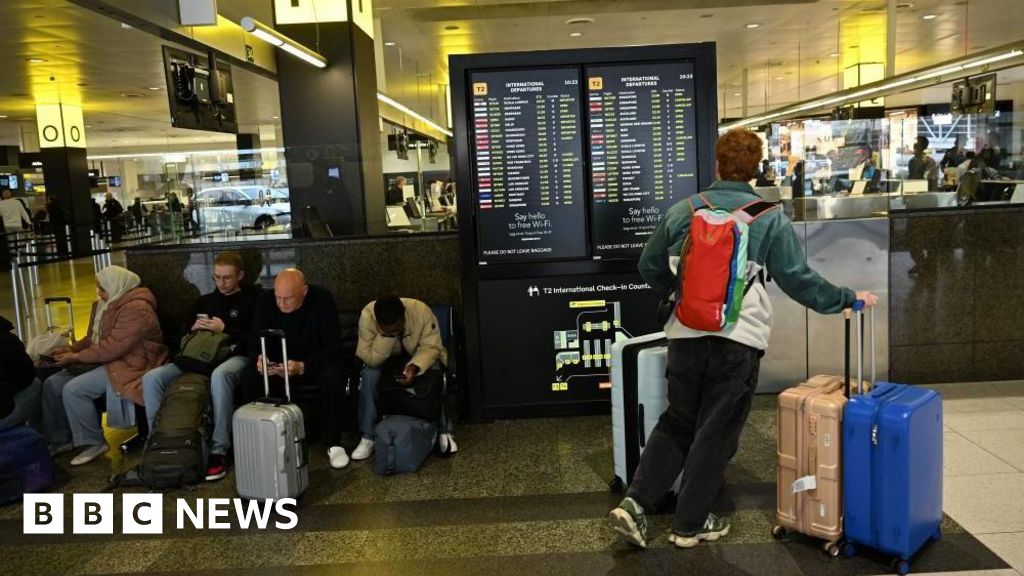Microsoft says it estimates that 8.5m computers around the world were disabled by the global IT outage.
It’s the first time a figure has been put on the incident and suggests it could be the worst cyber event in history.
The glitch came from a security company called CrowdStrike which sent out a corrupted software update to its huge number of customers.
Microsoft, which is helping customers recover said in a blog post: “We currently estimate that CrowdStrike’s update affected 8.5 million Windows devices.”



Yes it can, but a kernel update is a completely different scenario, and managed individually by companies as part of their upgrades. It is usually tested and rolled out incrementally.
Furthermore, Linux doesn’t blue screen. I know some scenarios where Linux has issues, but I can count on one finger the amount of times I’ve had an update cause issues booting… and that was because I was using some newer encryption settings as part of systemd.
However, it would take all my fingers & toes, and then some, to count the number of blue screens I’ve gotten with Windows… and I don’t think I’m alone in that regard.
Linux doesn’t blue screen, no. A kernel panic is a black screen.
And you’re running corporate kernel level security software on your encrypted Linux server?
I guess it depends on what you consider corporate kernel level security. Would that include AppArmor, SELinux, and other tools that are open-source but used in some of the most secure corporate and government environments? Or are you asking if I’m running proprietary untrusted code on a Linux server with access to the system kernel?